
Installation - the modern art of striking three-dimensional compositions
Installation is a form of contemporary visual art in the shape of a spatial composition, crafted from various materials and unified by a common creative idea. To create installations, artists utilize natural objects, everyday items, and elements of visual information. From the original combination of ordinary things, a work of art is born, where the viewer perceives the hidden subtext and ambiguity of the author's intent.
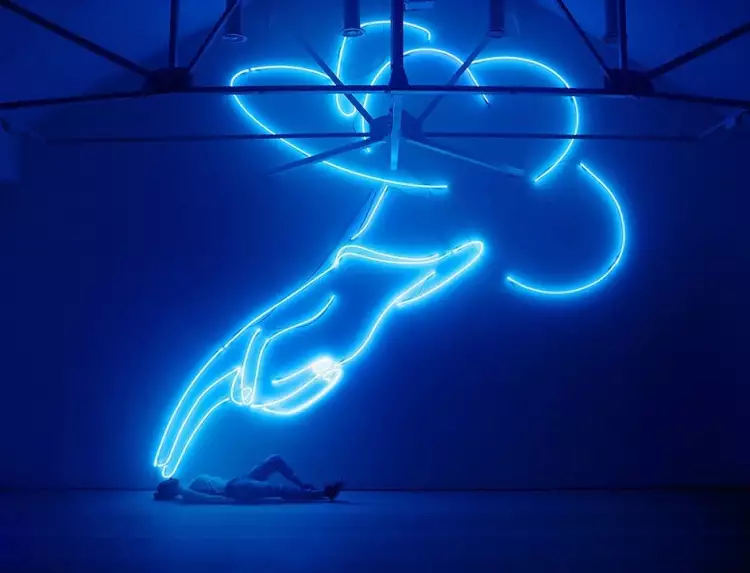 Installation. Stepan Ryabchenko. Light installation Blessed Hand, 21st century
Installation. Stepan Ryabchenko. Light installation Blessed Hand, 21st century
Installations are often shocking and provocative. This art form, unlike traditional painting and sculpture, is three-dimensional and is intended to transform the viewer's perception of space.
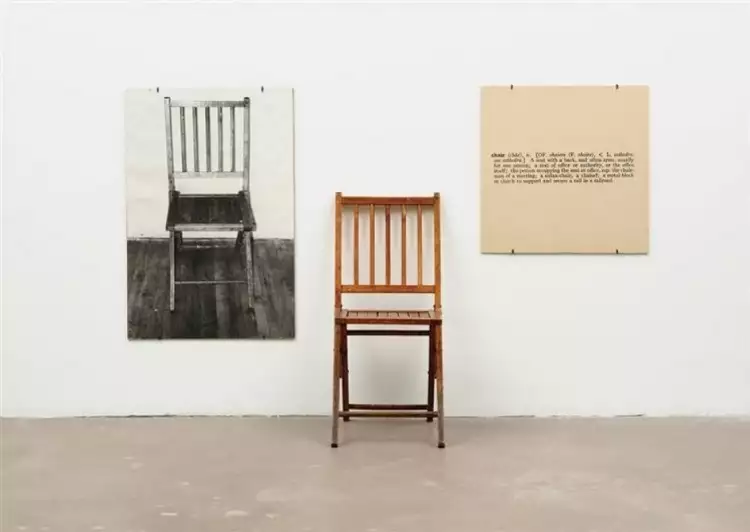 Installation. Joseph Kosuth. One and Three Chairs, 1965
Installation. Joseph Kosuth. One and Three Chairs, 1965
Types and Features of Installation
Installation encompasses a vast array of ways for artistic self-expression. Depending on the type of impact on the viewer, installations can be classified into several main types:
- Conventional. Like volumetric sculpture, they are designed to be viewed from different angles, but the artist can use any available materials to create them.
- Interactive. Geared towards active viewer participation in the process of creating the work of art. Such installations often rely on computer technologies that react to human actions, with each observer experiencing their own unique sensations.
- Virtual. Created using special software. When observing such an installation, the viewer is transported into a virtual world, taking fascinating walks within it and briefly losing the sense of reality.
- Video Installations. Displayed on screens placed in the most unusual locations. To present their work effectively, artists create a special space around the viewer.
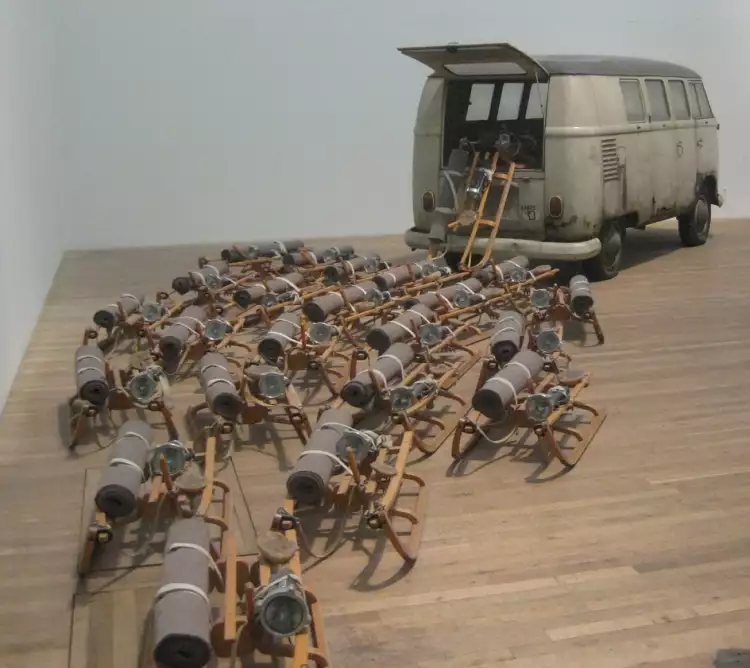 InstallationJoseph Beuys. Siberian Symphony, 1960s
InstallationJoseph Beuys. Siberian Symphony, 1960s
A unique feature of installation art is its connection to a specific location. Valuable artistic projects cannot simply be moved to another place like a painting or sculpture. They can only be admired in a gallery or exhibition for a limited period. The exception is outdoor installations specifically designed for installation in squares and streets of cities.
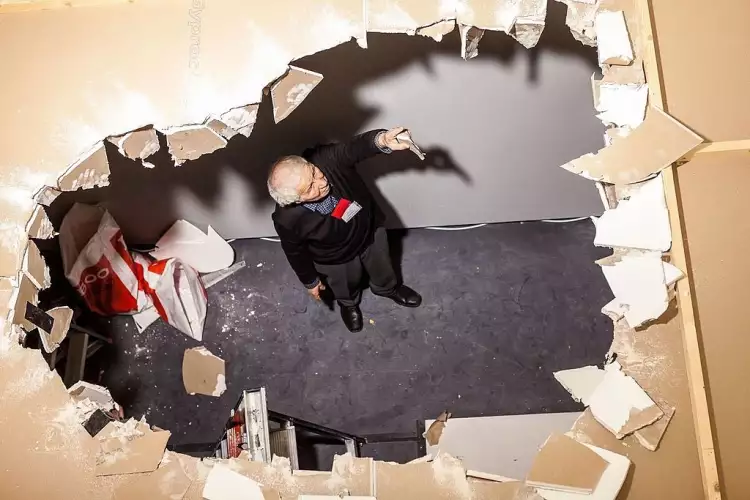 Installation. Ilya Kabakov. The Man Who will Fly into Space From His Apartment, 1980s
Installation. Ilya Kabakov. The Man Who will Fly into Space From His Apartment, 1980s
After the event, installations are often irreversibly dismantled. Their image remains in people's memories through photographs and videos. Artists usually prefer to create a new installation rather than recreate a familiar work of art in a new location.
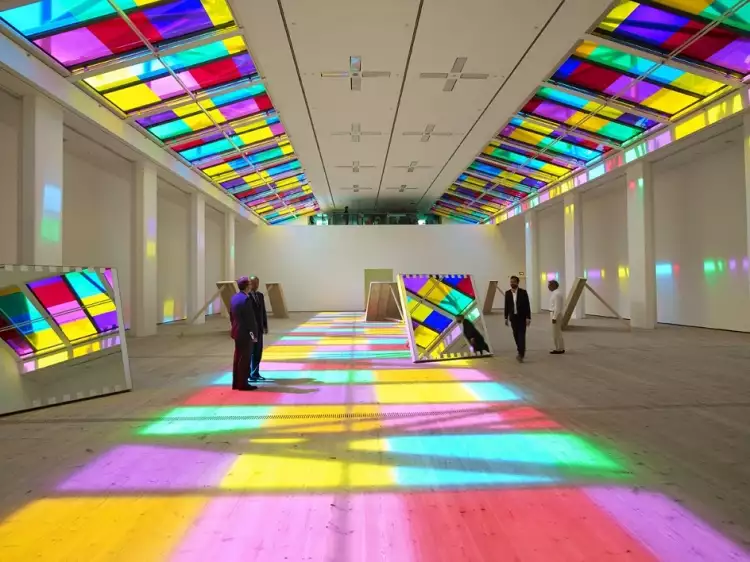 Installation. Daniel Buren. Light installation, 21st century
Installation. Daniel Buren. Light installation, 21st century
History of Installation
The history of installation art dates back to the 1960s, although the roots of this new art form emerged during the Dadaist movement. The brilliant Marcel Duchamp, in the 1910s, while searching for new means of artistic expression, invented the original technique of ready-mades. He daringly introduced to the public works of art made from simple utilitarian objects. Examples of such works include "Fountain" and the "Bicycle Wheel."
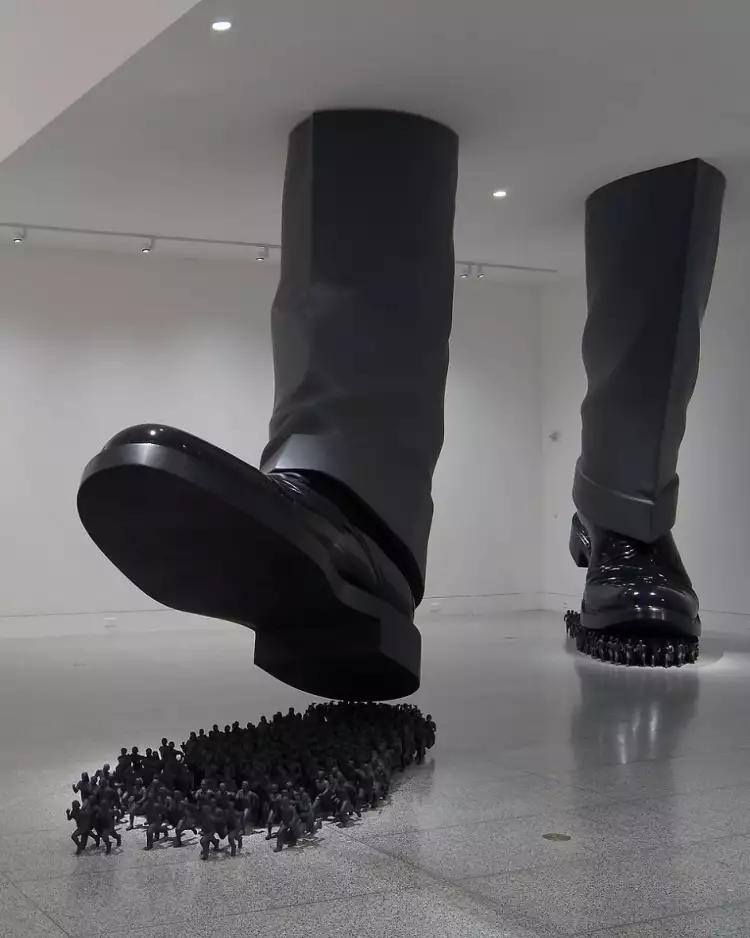 Installation. Do-Ho Suh. Art installation, 21st century
Installation. Do-Ho Suh. Art installation, 21st century
Conceptualism played a significant role in the emergence of installation art. Advocates of conceptual art urged artists to create their works not from traditional materials but from any available objects. Artistic three-dimensional compositions—installations—proved to be ideal for realizing such ideas.
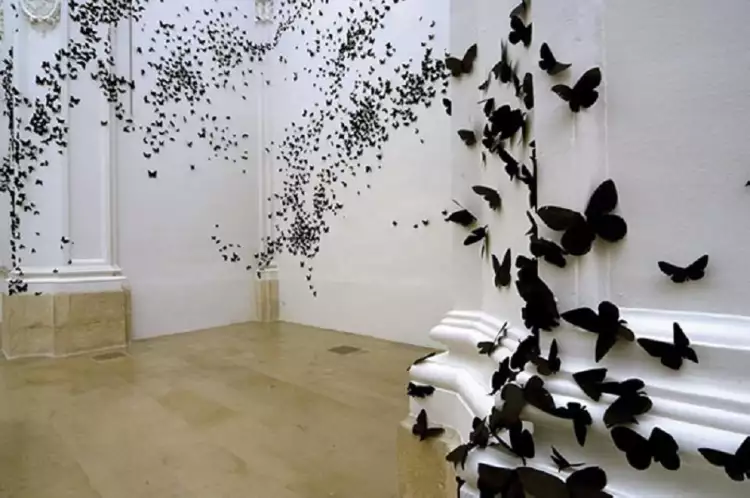 Installation. Carlos Amorales. Black Cloud, 21st century
Installation. Carlos Amorales. Black Cloud, 21st century
The mid-1960s mark the debut of the first known works by recognized masters of installation:
- Joseph Kosuth.
- Joseph Beuys.
- Edward Kienholz.
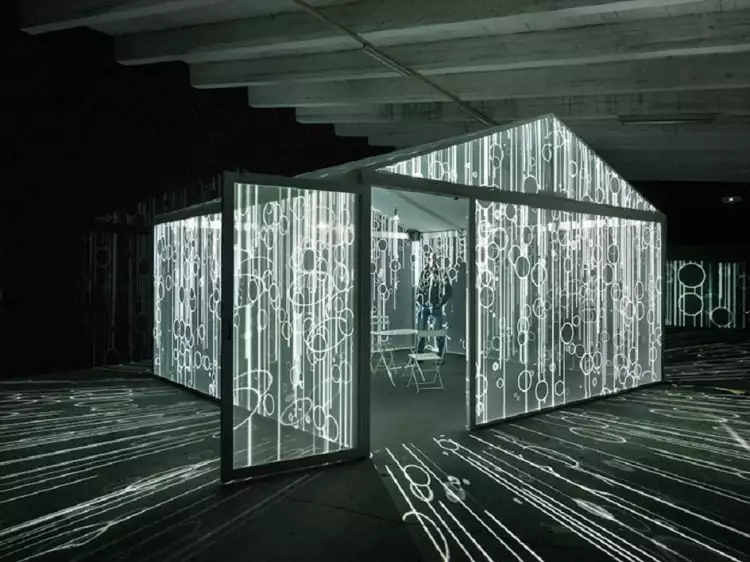 Installation. Leigh Sachwitz. Insideout, 21st century
Installation. Leigh Sachwitz. Insideout, 21st century
In an era of widespread rejection of traditional artistic values, the public enthusiastically embraced installation art. From the 1970s onward, this form of contemporary art gained immense popularity in the West. In the USSR, the renowned artist Ilya Kabakov (Russian: Илья Иосифович Кабаков) made a significant contribution to its development. In 1989, he moved to Berlin, gaining worldwide fame.
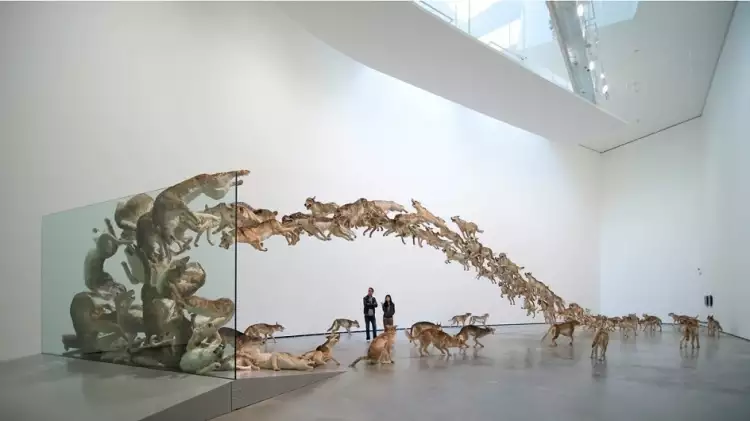 Installation. Cai Guo-Qiang. Head On, 21st century
Installation. Cai Guo-Qiang. Head On, 21st century
In the 1990s, with the development of computer technologies, numerous video installations emerged, and in the 21st century, audiences witnessed virtual three-dimensional compositions for the first time. Today, installation art is rightfully considered one of the leaders in contemporary art. Every year, artists create thousands of new works worldwide, and the number of people eager to visit exhibitions of renowned masters is in the tens of millions.
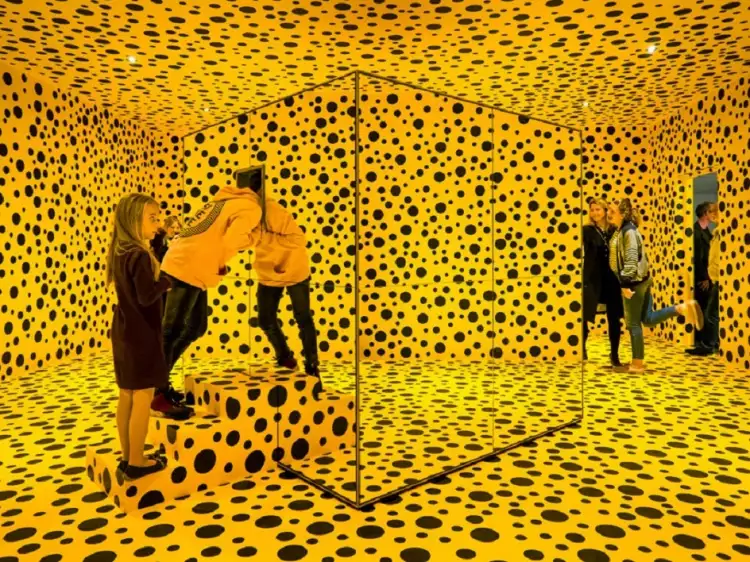 Installation. Yayoi Kusama. Blurred installation, 21st century
Installation. Yayoi Kusama. Blurred installation, 21st century
On the Very Important Lot platform, enthusiasts of all forms and genres of art can participate in art auctions and acquire antiques, including sculptural compositions. The site also offers visitors the wonderful opportunity to directly purchase paintings and commission installations from contemporary artists.
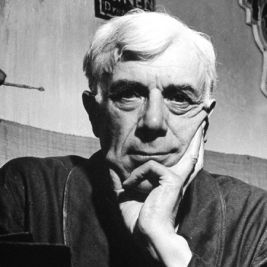 Georges Braque - the founder of Cubism in world art
Georges Braque - the founder of Cubism in world art  Albert Figdor Collection: Sweets for the ladies. Cigars for the gentlemen
Albert Figdor Collection: Sweets for the ladies. Cigars for the gentlemen 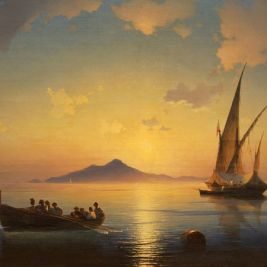 The painting "Bay of Naples" by Ivan Konstantinovich Aivazovsky is an invitation to immerse yourself in the serene beauty of a southern evening
The painting "Bay of Naples" by Ivan Konstantinovich Aivazovsky is an invitation to immerse yourself in the serene beauty of a southern evening 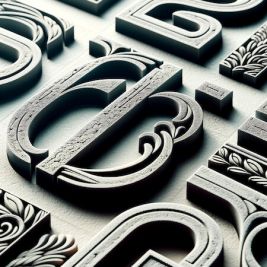 Texture in Typography: Revitalizing Design with Tactile Sensations
Texture in Typography: Revitalizing Design with Tactile Sensations 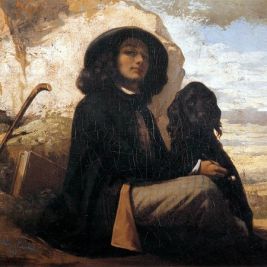 Gustave Courbet: Biography, Artistic Works, the Artist's Best Paintings
Gustave Courbet: Biography, Artistic Works, the Artist's Best Paintings 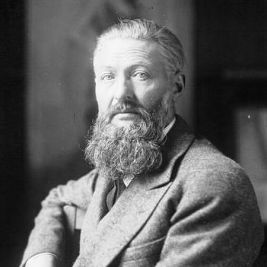 Kees van Dongen is a unique master of portrait painting who captivated Parisian high society with the alluring images of his heroines
Kees van Dongen is a unique master of portrait painting who captivated Parisian high society with the alluring images of his heroines  Acrylic is a painting technique and a type of artistic paint: essence, history, advantages, application
Acrylic is a painting technique and a type of artistic paint: essence, history, advantages, application  Edward Munch—the creator of nightmares and the singer of anxiety
Edward Munch—the creator of nightmares and the singer of anxiety 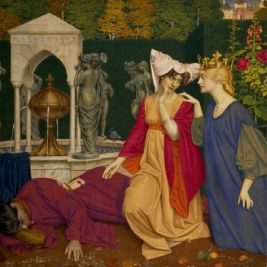 Tempera is a painting technique with a history spanning thousands of years
Tempera is a painting technique with a history spanning thousands of years  Romanticism: Wings of Freedom and Inspiration
Romanticism: Wings of Freedom and Inspiration